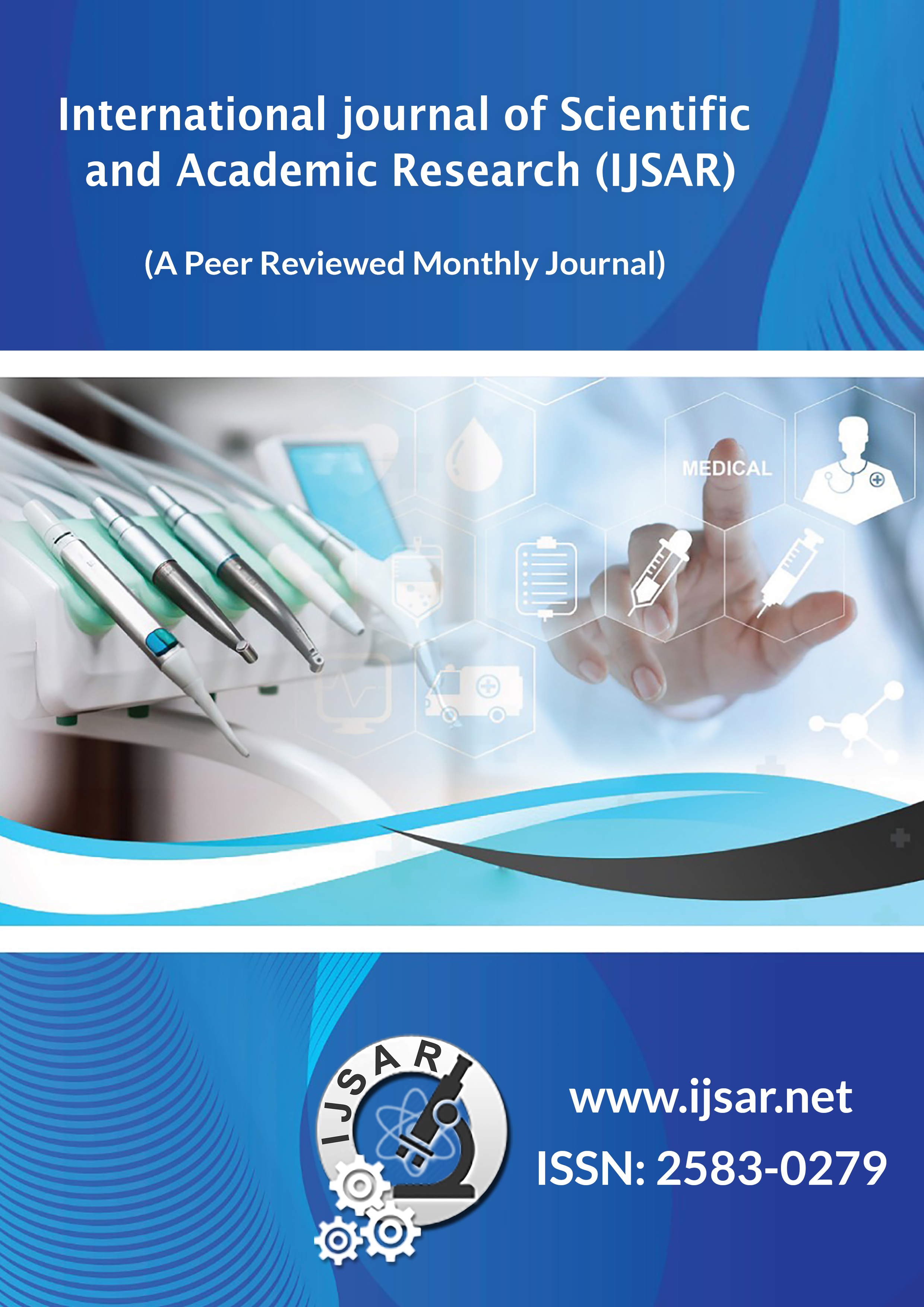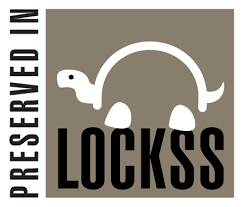Analyzing Teaching Performance of Instructors Using Data Mining Techniques
DOI:
https://doi.org/10.54756/IJSAR.2025.6.1Keywords:
Clustering Analysis, Educational Data Mining, Evidence-Based Decisions, Faculty Development,, Principal Component Analysis, Student Evaluation, Teaching PerformanceAbstract
To identify trends into instructor effectiveness, this paper utilizes data mining techniques on student evaluations of teaching quality. PCA and clustering were employed to identify distinct response patterns and underlying constructs in a set of student-faculty ratings on multiple performance dimensions. Three categories of students with different patterns in evaluation emerged using K-means clustering presenting consistent and inconsistent evaluations of teachers. PCA further reduced dimensionality by extracting a single criterion and examining the main variation in the data in a single predominant component that reflected standard evaluation biases. The results provide an evidence-based perspective on teaching quality, and identify specific strengths, and opportunities for improvement. This provides the basis for faculty development and evidence-based decision making in higher education.
References
Aggarwal, C. C. (2015). Data mining: The textbook. Springer.
Bholowalia, P., & Kumar, A. (2014). EBK-Means: A clustering technique based on elbow method and K-means in WSN. International Journal of Computer Applications, 105(9), 17-24. [1] M. Sigala, A. Beer, L. Hodgson, and A. O’Connor, Big Data for Measuring the Impact of Tourism Economic Development Programmes: A Process and Quality Criteria Framework for Using Big Data. 2019.
Brusilovsky, P., & Millán, E. (2016). User models for adaptive hypermedia and adaptive educational systems. In The adaptive web (pp. 3-53). Springer. https://doi.org/10.1007/978-3-540-72079-9_1.
Chen, L., Chen, P., & Lin, Z. (2020). Artificial intelligence in education: A review. IEEE Access, 8, 75264-75278. https://doi.org/10.1109/ACCESS.2020.2988510.
Dawson, S., Joksimovic, S., Poquet, O., & Siemens, G. (2020). Increasing the impact of learning analytics. Journal of Learning Analytics, 7(3), 1-12. https://doi.org/10.18608/jla.2020.7399.
Ferguson, R., & Clow, D. (2017). Where is the evidence? A call to action for learning analytics. Proceedings of the Seventh International Learning Analytics & Knowledge Conference (pp. 56-65). https://doi.org/10.1145/3027385.3027395.
Greenacre, M. (2017). Correspondence analysis in practice (3rd ed.). CRC Press.
Hwang, G. J., & Chang, H. F. (2021). A review of opportunities and challenges of chatbots in education. Interactive Learning Environments, 29(5), 765-777. https://doi.org/10.1080/10494820.2020.1710171.
Jolliffe, I. T., & Cadima, J. (2016). Principal component analysis: A review and recent developments. Philosophical Transactions of the Royal Society A: Mathematical, Physical and Engineering Sciences, 374(2065), 20150202. https://doi.org/10.1098/rsta.2015.0202.
Karimi, M., & Yousefi, A. (2021). Predicting student performance using learning analytics techniques: A systematic review. Education and Information Technologies, 26, 491-512. https://doi.org/10.1007/s10639-020-10256-7.
Kassambara, A. (2017). Practical guide to cluster analysis in R: Unsupervised machine learning. STHDA.
Luan, J., & Zhao, C. M. (2018). Predictive analytics in higher education: An overview. New Directions for Institutional Research, 179, 5-15. https://doi.org/10.1002/ir.20268.
Macfadyen, L. P., & Dawson, S. (2016). Mining LMS data to develop an early warning system for educators. Computers & Education, 54(2), 588-599. https://doi.org/10.1016/j.compedu.2016.09.009.
Romero, C., & Ventura, S. (2020). Educational data mining: A review of the state of the art. IEEE Transactions on Systems, Man, and Cybernetics, Part C, 40(6), 601-618. https://doi.org/10.1109/TSMCC.2020.2053532.
Siemens, G., & Baker, R. S. J. d. (2020). Learning analytics and educational data mining: Towards communication and collaboration. Proceedings of the 10th International Conference on Learning Analytics and Knowledge (LAK '20), 252-254. https://doi.org/10.1145/2330601.2330661.
Wilkinson, L., & Friendly, M. (2012). The history of the cluster heat map. The American Statistician, 63(2), 179-184. https://doi.org/10.1198/tas.2009.0033.
Wickham, H., & Grolemund, G. (2016). R for data science: Import, tidy, transform, visualize, and model data. O'Reilly Media, Inc.
You, J. W. (2021). Clustering LMS data to identify student behaviors: Enhancing predictive analytics for online learning. Computers & Education, 165, 104110. https://doi.org/10.1016/j.compedu.2021.104110.
Zhang, Z., Kim, H. J., Lonjon, G., & Zhu, Y. (2018). Balance diagnostics after propensity score matching. Annals of Translational Medicine, 7(1), 16. https://doi.org/10.21037/atm.2018.12.10.
Zimek, A., & Schubert, E. (2017). Outlier detection. In Encyclopedia of Database Systems (pp. 1-5). https://doi.org/10.1007/978-1-4899-7993-3_807654o.
Shutaywi, M., & Kachouie, N. N. (2021). Silhouette Analysis for Performance Evaluation in Machine Learning with Applications to Clustering. Journal Name, Volume(Issue),
Downloads
Published
Issue
Section
License
Copyright (c) 2025 Fernandez, Mary Joy M, Prudente, Reginald S.

This work is licensed under a Creative Commons Attribution-NonCommercial 4.0 International License.







.png)


